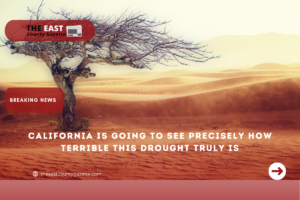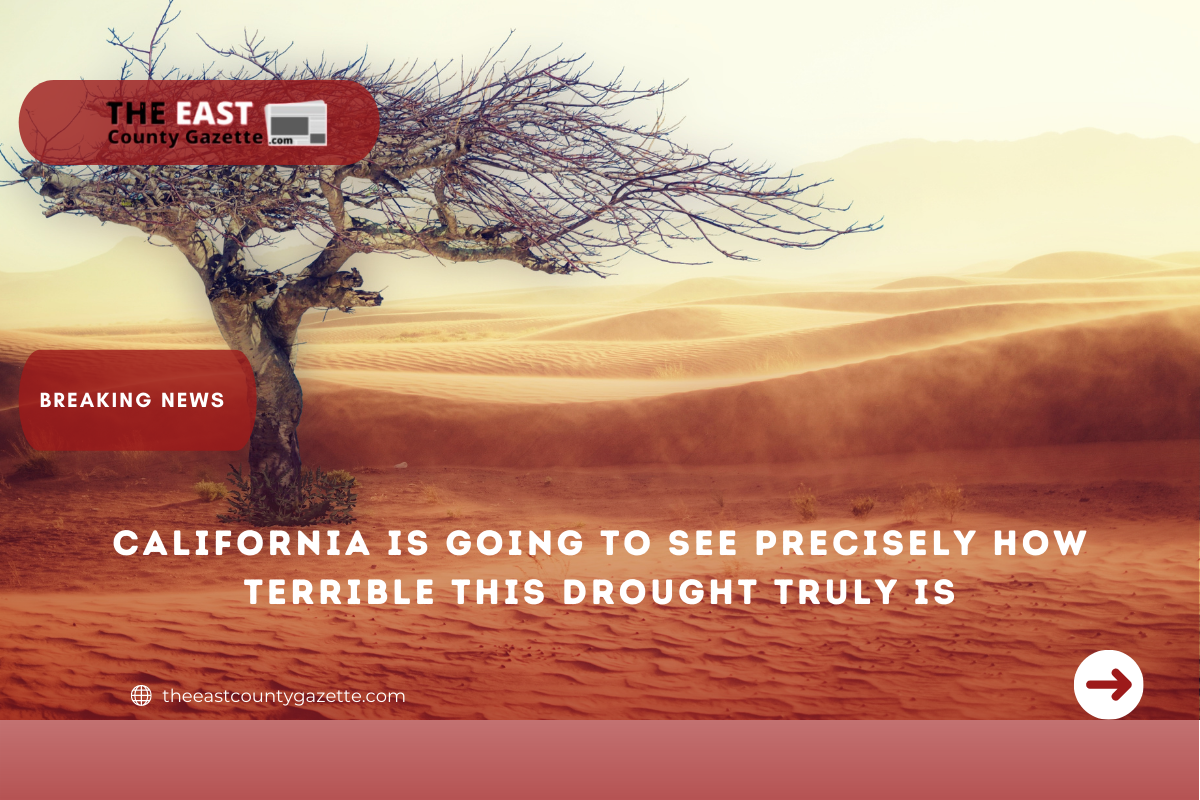Tens of millions of inhabitants of the Western United States will be anxiously watching for the results of Friday’s snowpack surveys, and the results could directly affect Californians for the rest of 2022.
The annual observations of snow levels serve as markers of how much water will be available for the rest of the spring, summer, and early fall, according to Climate Central, a collection of scientists and journalists that examine climate change and its effects on people.

About half of the U.S.’s water supply — and up to 70 percent in mountain regions — is stored in snow, Climate Central stated, indicating that if snowpack levels are low, the amount of water accessible for drinking, bathing, agriculture, and so many other uses might be, too.
Though the rainy season started well with California snowpacks hitting levels of 160 percent of normal in January, those figures have declined rapidly.
By February, the figures were closer to 90 and 95 percent, and now? The Sierra Nevada snowpacks are at 39 percent of normal, with the Northern Sierra statistics at only 30 percent, according to the California Department of Water Resources.
Fortunately, California got some much-needed precipitation in late March, though government authorities and experts believe the dry conditions aren’t gone yet.
San Diego County and the surrounding area are under moderate drought, but the remainder of California is facing extreme or severe drought, according to the U.S. Drought Monitor.
These drought conditions are projected to endure, according to the National Oceanic and Atmospheric Administration.

